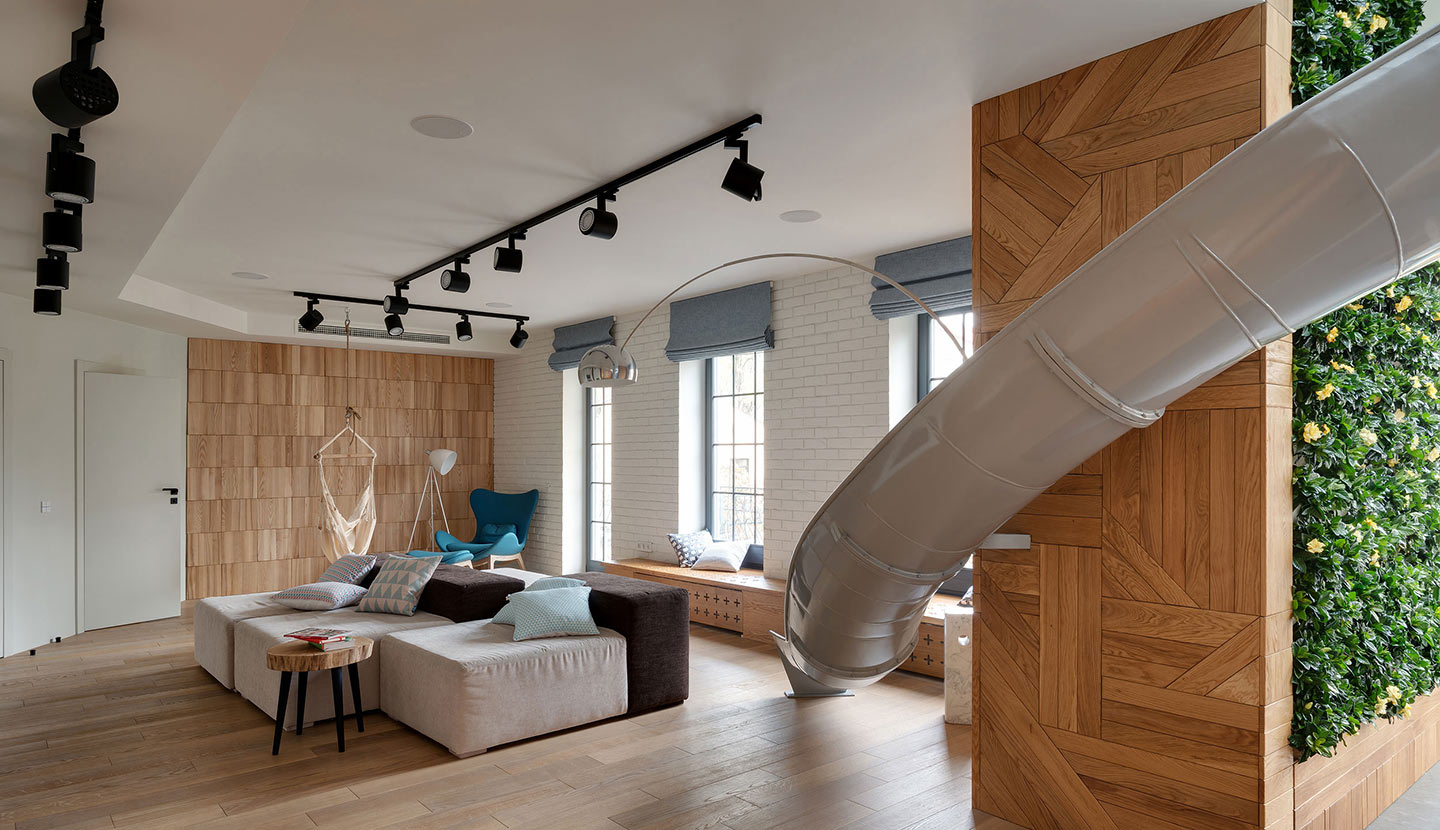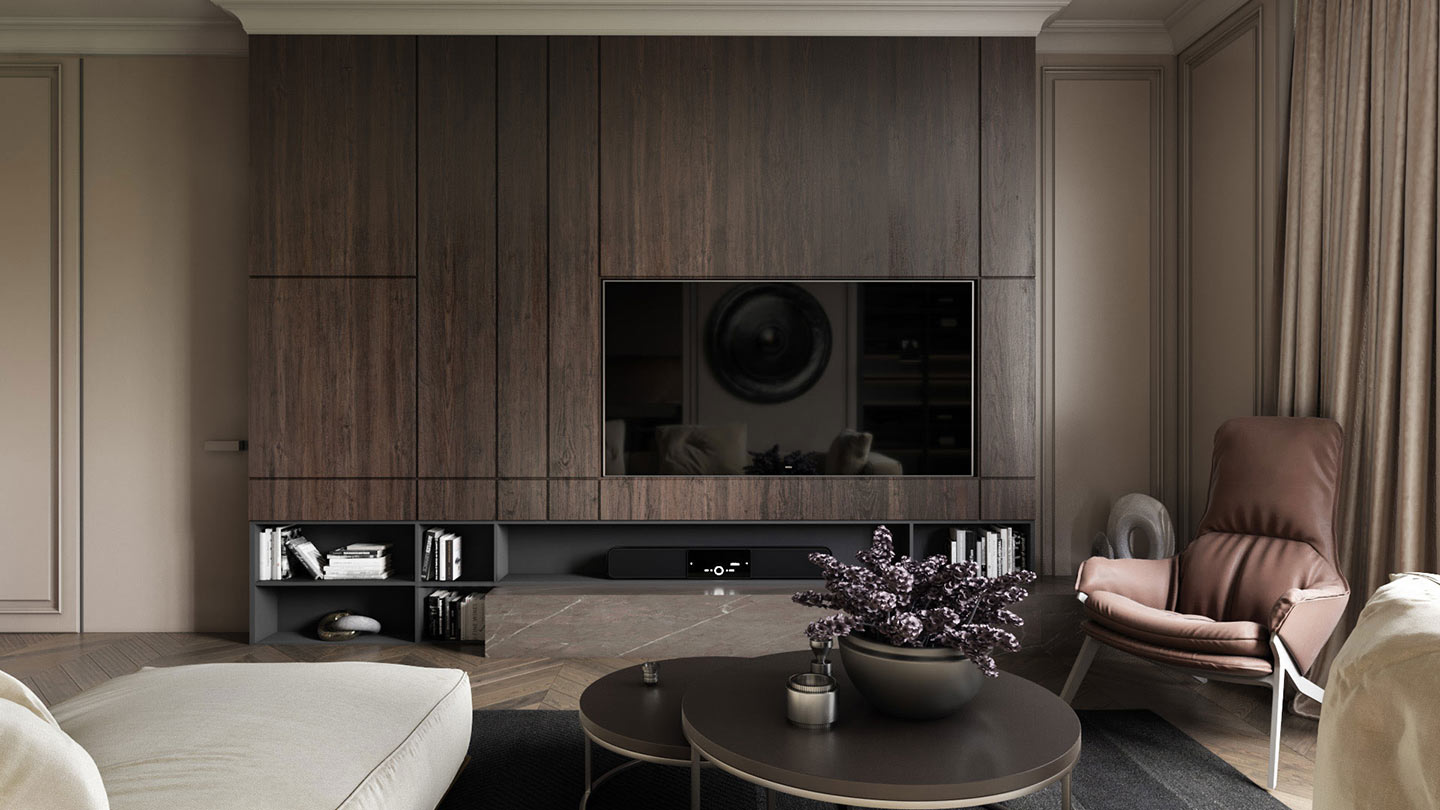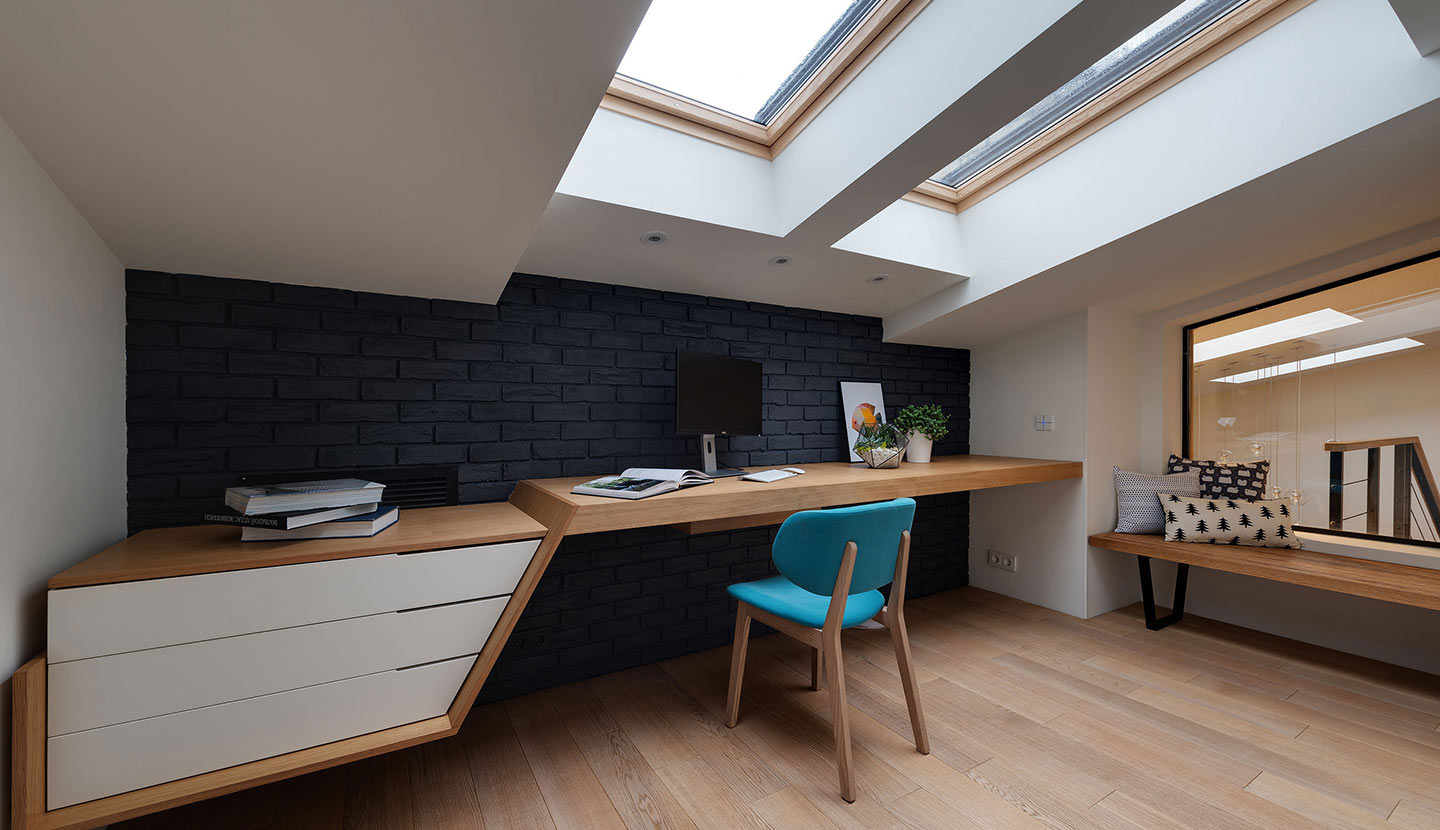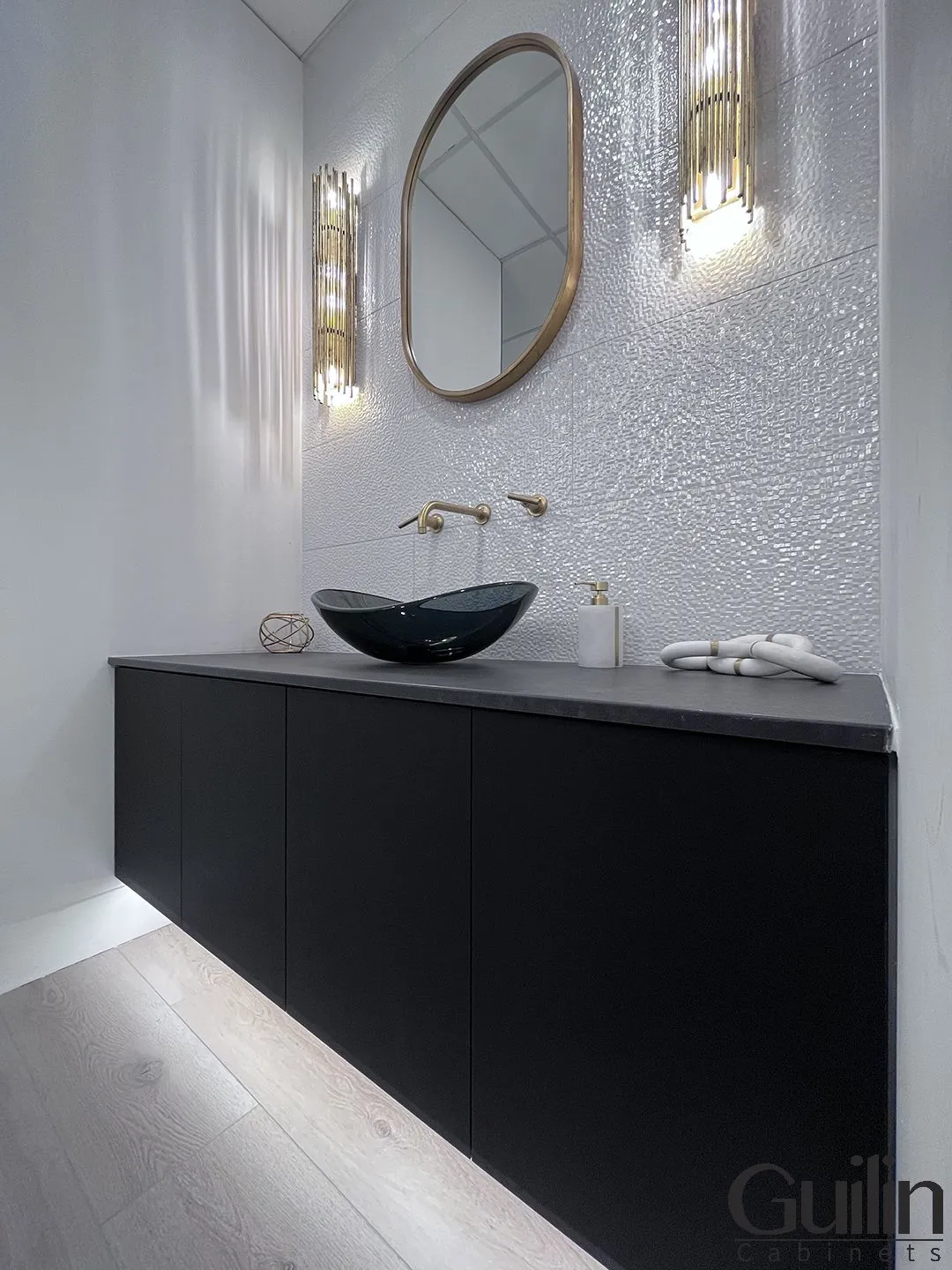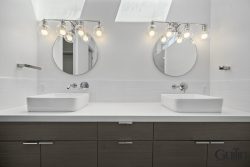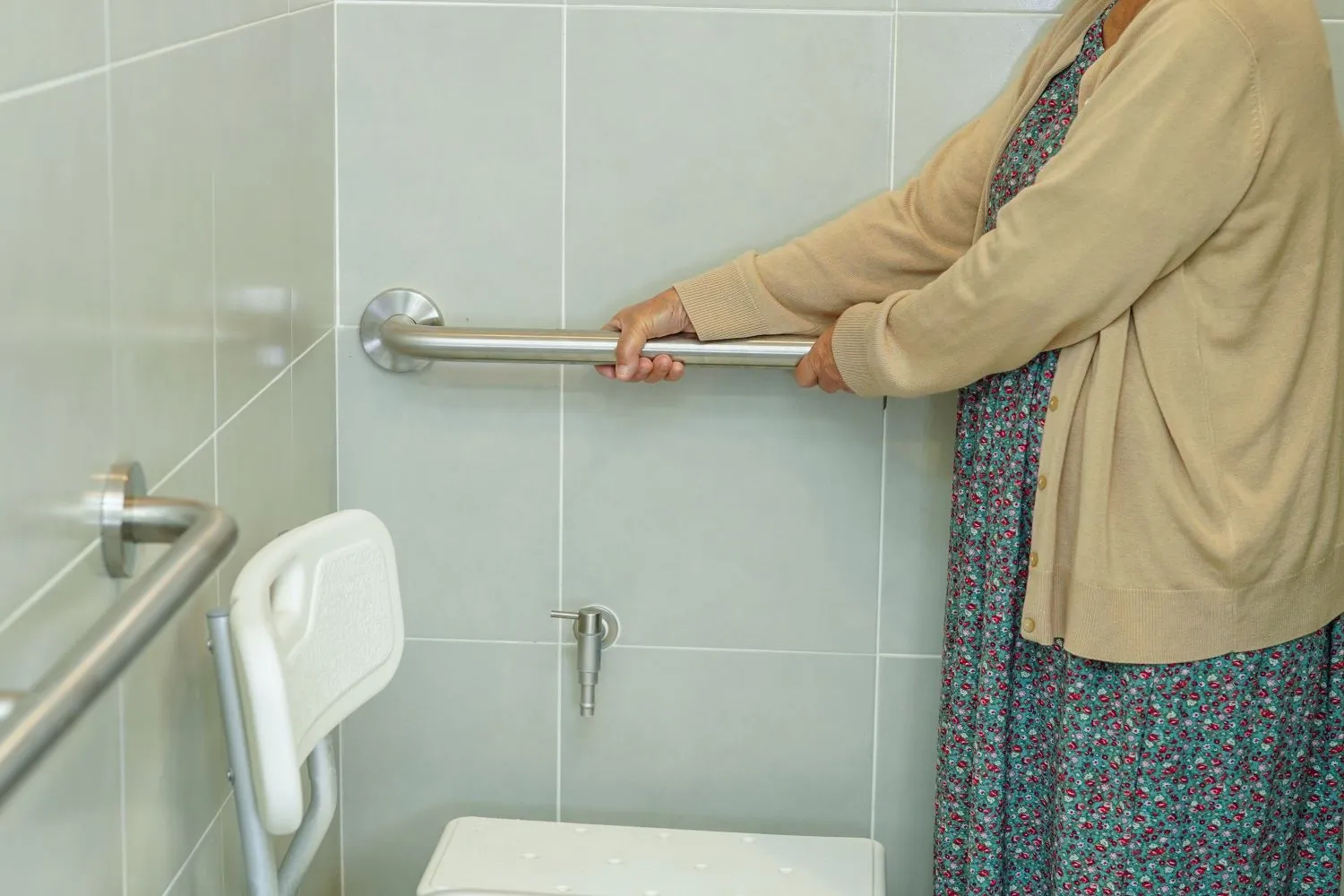Floating vanity cabinets have become a popular choice in modern bathroom design. These sleek, wall-mounted storage solutions offer a range of advantages and disadvantages that every homeowner should consider before making a decision. In this article, we will delve into the pros and cons of floating vanity cabinets to help you make an informed choice for your bathroom renovation project.
What is Floating Vanity Cabinets
To determine whether a floating vanity cabinet is a good fit for your bathroom, you must first understand what one is. Floating your vanity is one possible expression for a floating vanity cabinet. You won’t find many non-traditional cabinets out there. Floated cabinets are vanities that are placed on the wall but rest just off the floor, giving the illusion that they are floating. If you look carefully, you’ll see that the wall behind the cabinet continues all the way to the floor. It’s exactly like a typical vanity or medicine cabinet, only it doesn’t touch the floor.
=> Read More: Is a Wall Mount Required for Any Bathroom Vanity?
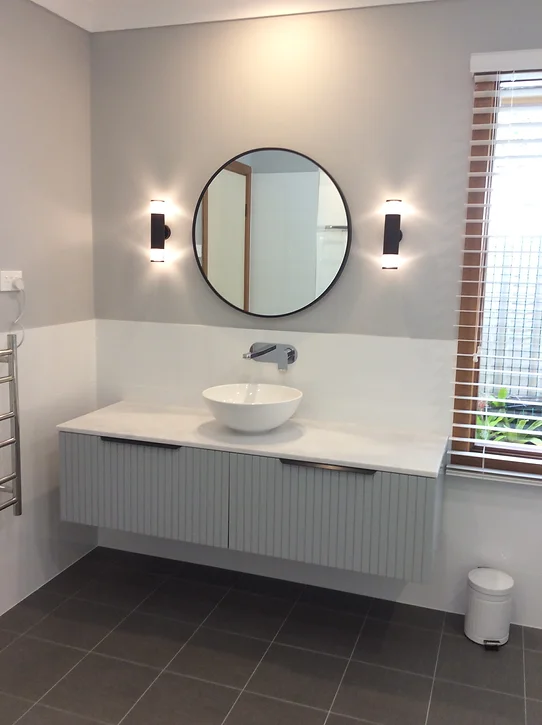
The Pros of Floating Vanity Cabinets
- Modern Elegance: Floating vanity cabinets instantly infuse your bathroom with a super sleek and modern look. Their minimalist design adds a touch of sophistication, elevating the overall aesthetic of your space.
- Perceived Spaciousness: Installing a floating vanity cabinet can make your bathroom appear larger. By extending the flooring all the way to the wall, the eye perceives more room. This not only enhances the visual spaciousness but also provides physical space, allowing you to move more comfortably as you go about your daily bathroom routine.
- Effortless Cleaning: Say goodbye to the hassle of cleaning corners and nooks. Floating vanity cabinets eliminate those hiding spots for dust and dirt. With a simple swipe of a mop, you can easily maintain a spotless bathroom, without the need for deep cleaning.
- Additional Storage Options: If your floating vanity cabinet is designed with the sink positioned higher off the ground, you have the opportunity to add under-sink open shelving. This extra storage space allows you to showcase your organization skills and keep bathroom essentials within easy reach.
- Showcasing Other Bathroom Features: By giving your bathroom a modern update with a floating vanity, you can draw attention to other standout pieces in your bathroom. Whether it’s a unique sink or a stunning clawfoot tub, these elements can now shine without being concealed by a bulky vanity.
- Enhanced Accessibility: The open space underneath a floating vanity offers more accessibility options. It accommodates those who use walkers or wheelchairs, making it easier for them to access the sink area. Additionally, young children using stepping stools will appreciate having a designated space for the stool’s legs.
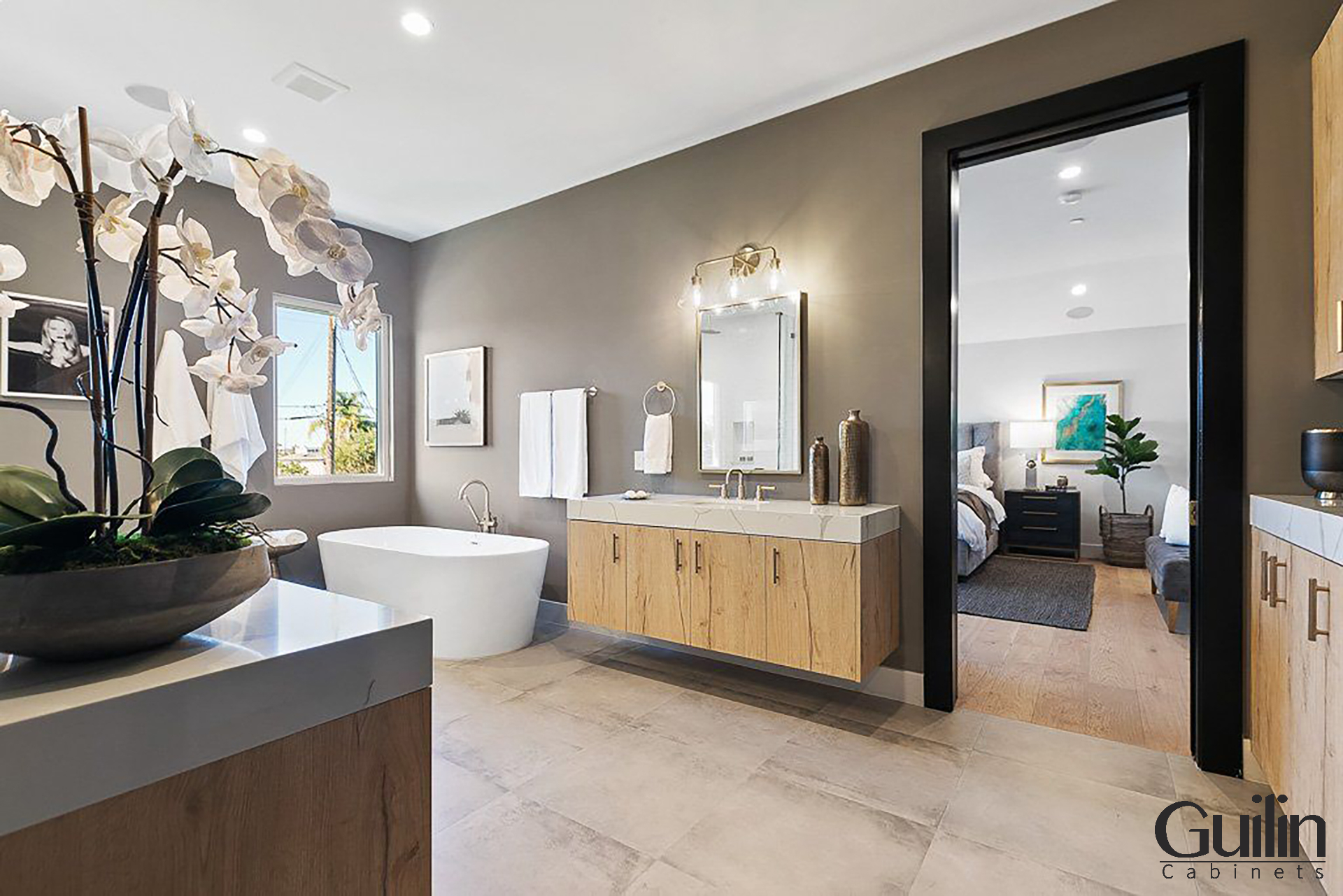
The Cons of Floating Vanity Cabinets
- Limited Storage Space: The style of floating vanity you choose may result in limited storage options when compared to traditional floor-mounted vanities with cabinets that extend to the ground. Floating vanities typically offer storage through drawers or shelves, which can be less spacious and may not accommodate larger items. However, this limitation can be advantageous if you prefer a clutter-free and organized bathroom.
- Installation Complexity: Installing a floating vanity can be more complex than installing a floor-mounted one. It necessitates proper wall support to ensure secure attachment, especially when dealing with substantial weight. While not an overly challenging task, it does require careful consideration and potentially additional reinforcement of the wall.
- Height Restrictions: While adjustable height is considered a pro, it can also pose a disadvantage. Depending on the design and installation, floating vanities may have height limitations due to plumbing considerations. This can restrict the flexibility of adjusting the vanity’s height and might not be suitable for specific user needs. This concern is more likely to arise when renovating older bathrooms, whereas in brand new constructions, it may not be as problematic.
- Visible Plumbing and Maintenance: Elevated wall-hung vanities expose plumbing pipes and connections beneath the sink. This visibility may require extra effort to conceal or integrate plumbing elements into the overall design in an aesthetically pleasing manner. Furthermore, any maintenance or repairs to the plumbing may prove more challenging to access and resolve due to the vanity’s elevated position.
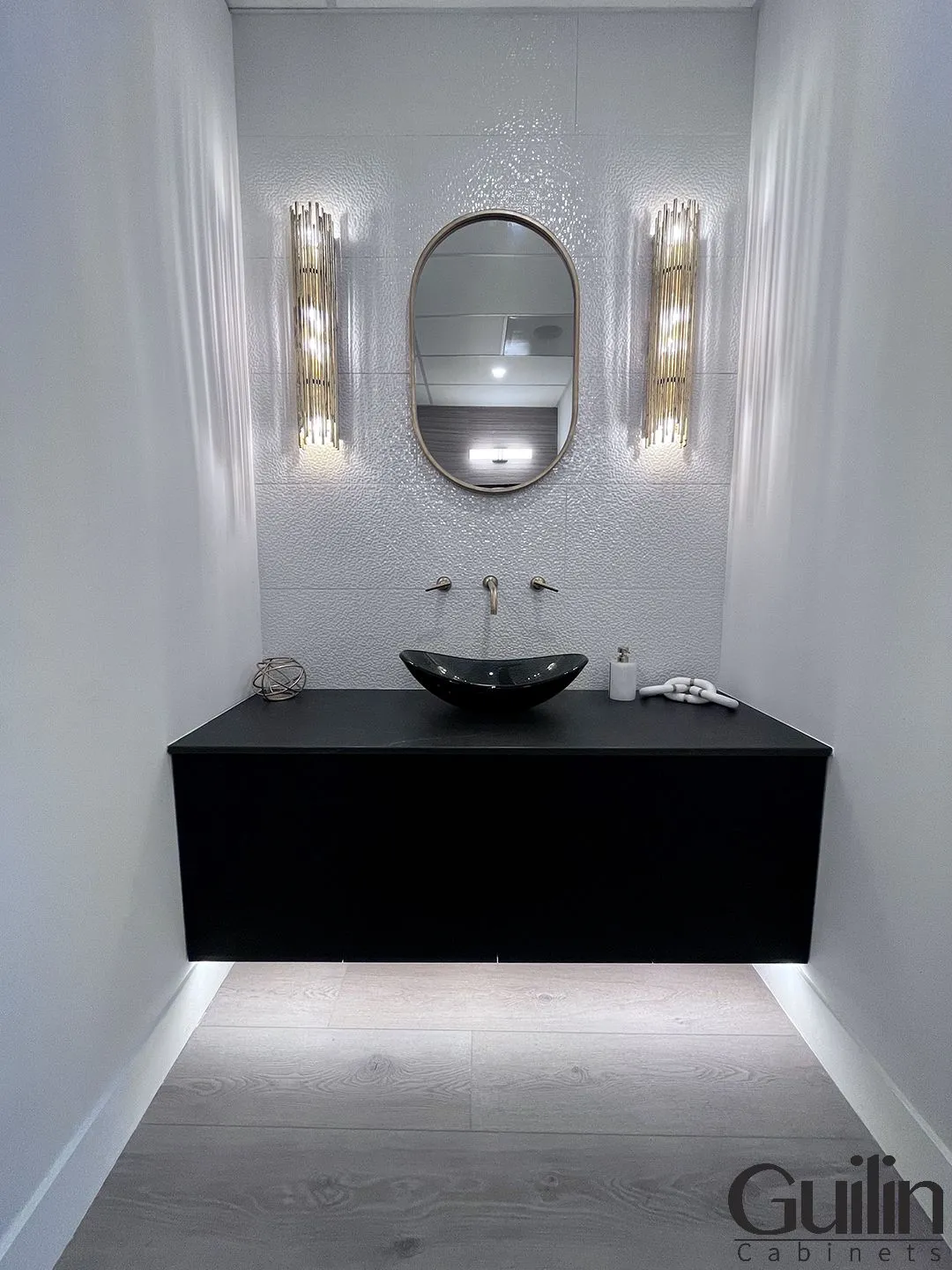
Conclusion
As a reminder, when considering floating vanity cabinets for your home, it is vital to weigh the pros and cons carefully. The sleek and modern look of floating vanities can add a touch of sophistication to any bathroom, while also creating a sense of space and openness. However, it is crucial to take into account the potential drawbacks, such as limited storage space and the need for professional installation.
Ultimately, the decision to choose a floating vanity cabinet should be based on your specific needs and preferences. If you value aesthetics and are willing to sacrifice some storage space for a modern look, then a floating vanity may be the perfect choice for you. On the other hand, if storage is a top priority and you prefer a more traditional style, a freestanding vanity may be the better option.
FAQs About Floating Vanity Cabinets
What are floating vanity cabinets?
Floating vanity cabinets are wall-mounted bathroom storage units that are attached to the wall without any visible supports or legs, giving the impression that they are floating.
What are the pros of using a floating vanity cabinet?
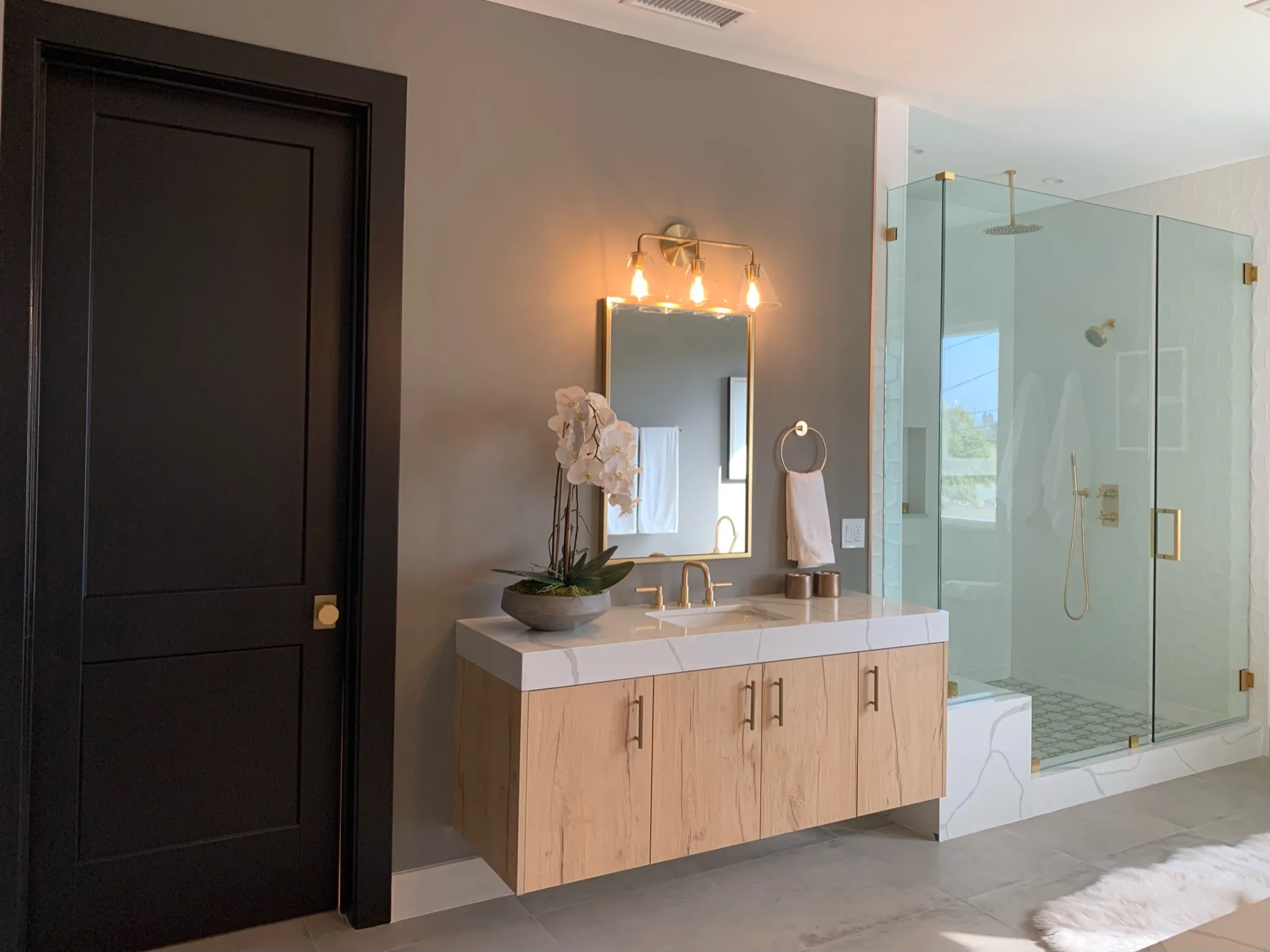
The pros of using a floating vanity cabinet include creating a modern and sleek look, making the bathroom easier to clean due to the open space beneath the cabinet, and maximizing floor space for a more spacious feel.
Are there any cons to using a floating vanity cabinet?
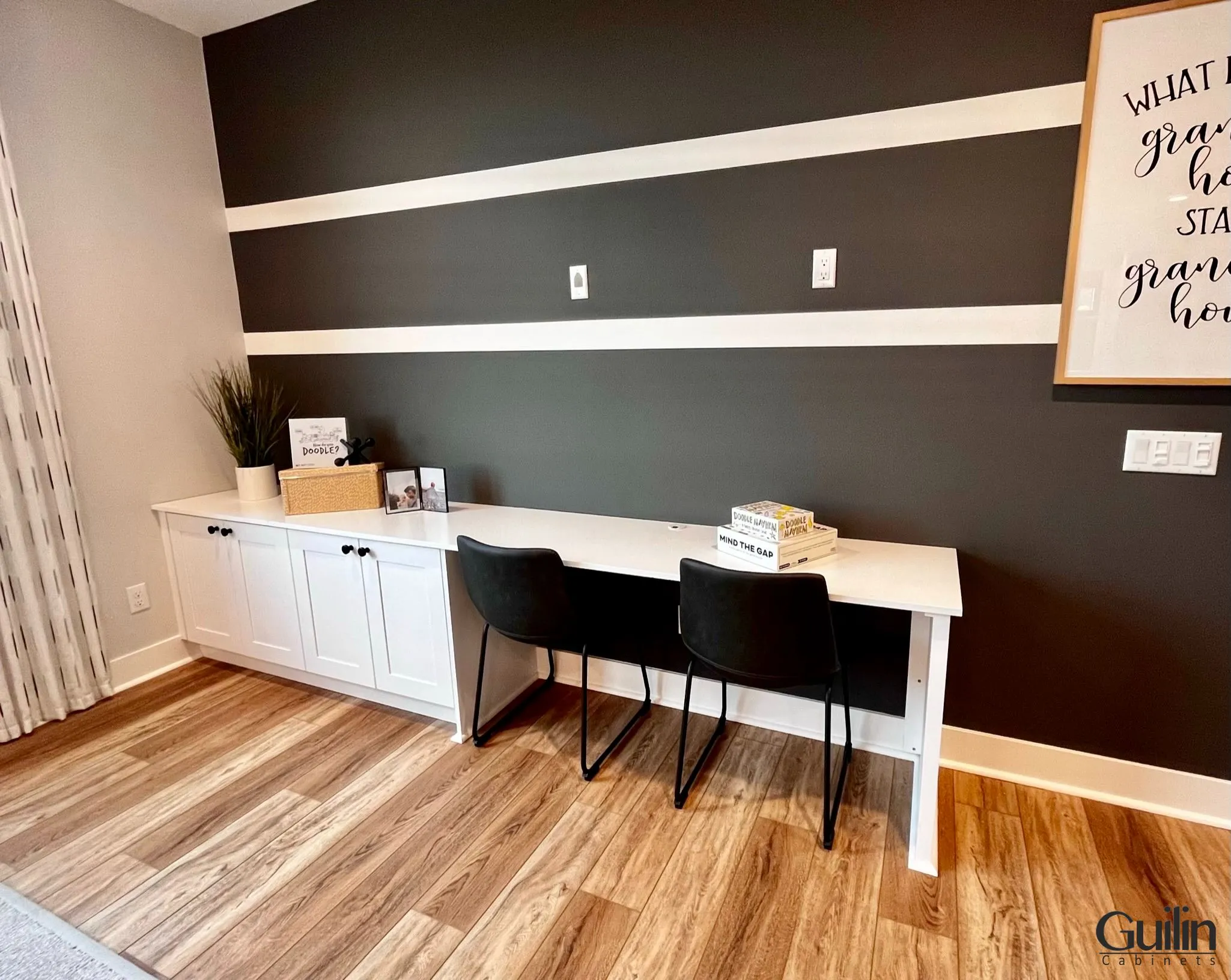
Some cons of using a floating vanity cabinet may include limited storage space compared to freestanding vanities, potential installation challenges, and the need to ensure proper wall support for the cabinet.
Can floating vanity cabinets support heavy countertops and sinks?
Yes, floating vanity cabinets can be engineered to support heavy countertops and sinks, but it’s important to consult with a professional to ensure proper installation and support.
What materials are commonly used for floating vanity cabinets?
Common materials for floating vanity cabinets include wood, engineered wood, laminate, and metal. Each material has its own advantages and considerations for durability and maintenance.
Are floating vanity cabinets suitable for small bathrooms?
Yes, floating vanity cabinets can be an excellent choice for small bathrooms. Their wall-mounted design helps create the illusion of more space, and the open area beneath the cabinet can make the room feel less cluttered.
How do floating vanity cabinets compare to traditional freestanding vanities?
Floating vanity cabinets offer a more modern and streamlined aesthetic, while traditional freestanding vanities may provide more storage space and a classic look. The choice between the two depends on personal preferences and the specific needs of the bathroom.



